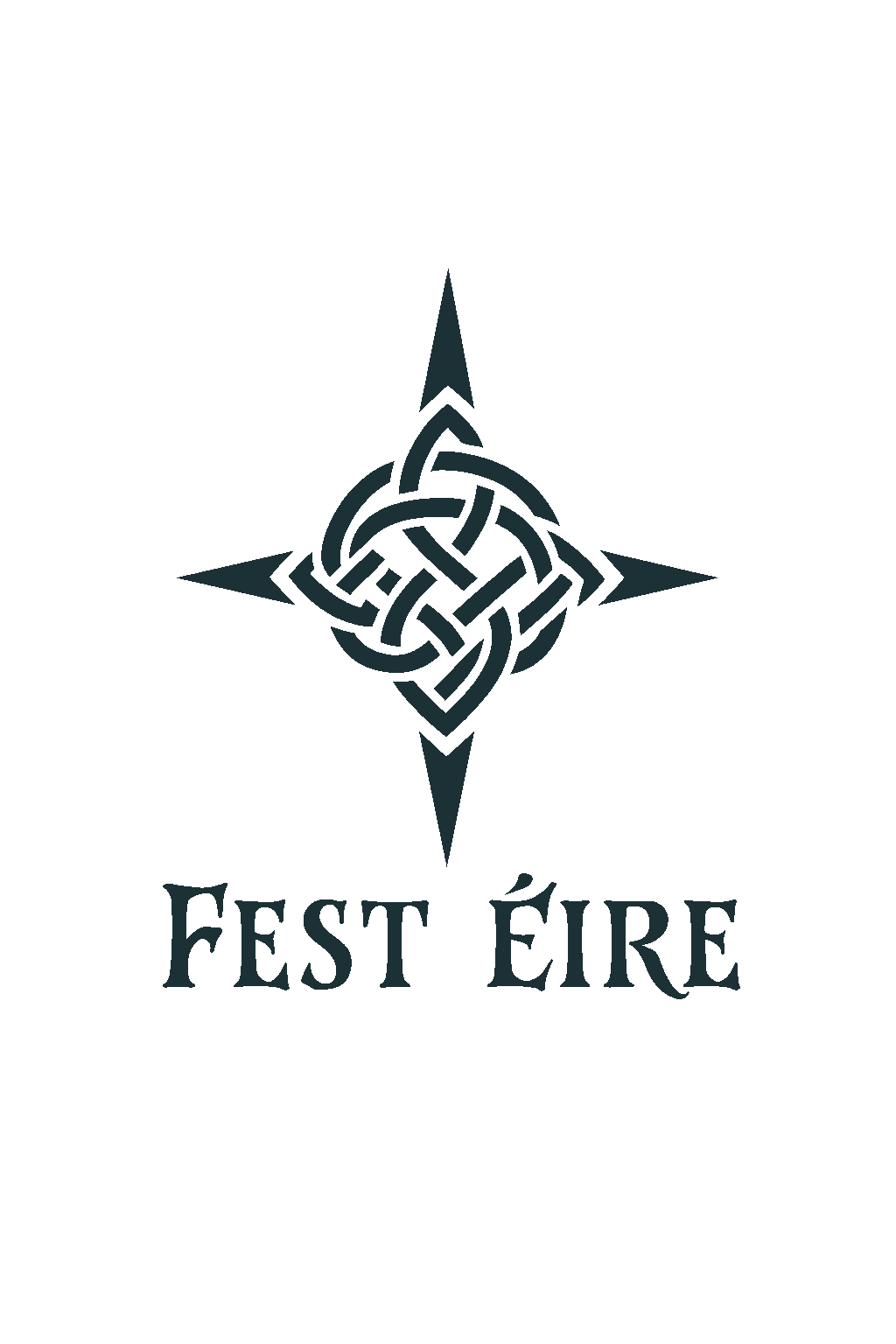SAMHAIN
Explore the depth of one of the oldest celebrations in Ireland. Satisfy your curious mind.
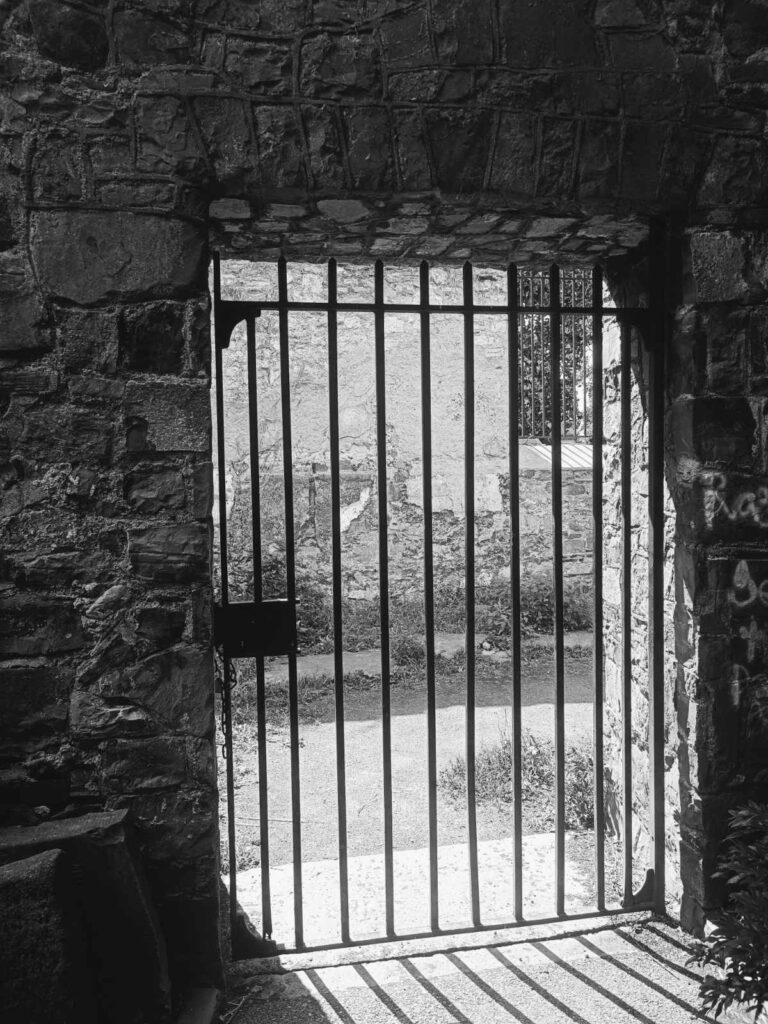
Samhain (pronounced “SAH-win”), now widely known as Halloween, has a deep history that even the best researchers find fascinating to this day. You would think it is connected simply to pumpkins and scary costumes, however, this is the furthest you are from the TRUTH!
This mysterious celebration is as old as Stonehenge, dating back over 2,000 years. It was known as the start of the Celtic new year, a moment of transition between light and dark, life and death.
During Samhain, it was believed that the veil between the worlds of the living and the dead grew thin, allowing spirits, ancestors, and otherworldly beings to cross over. Some souls were welcomed and honored. Others… needed to be kept at bay.
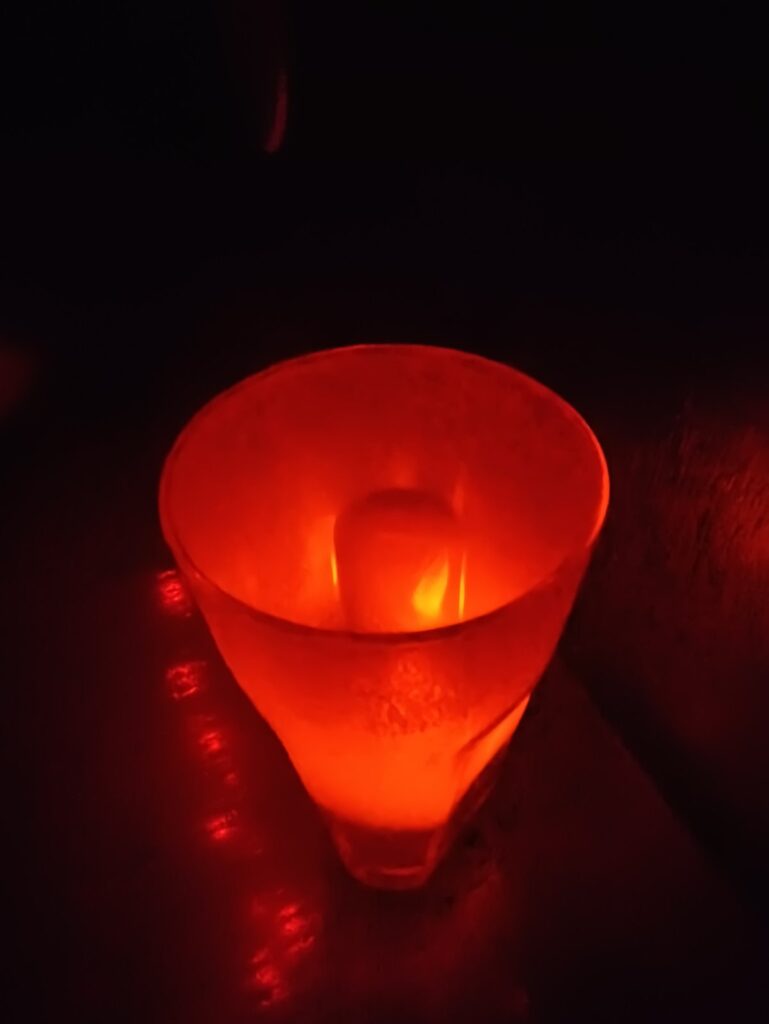
The Deadly Grasp of Superstisions
Protection & Customs
To protect themselves from the harsh winter, people lit huge hilltop bonfires, wore animal-skin disguises, and left offerings of food outside their homes. According to various sources, Samhain was a time of prophecy, fairies, and sacred gatherings at places like Tara and Uisneach.
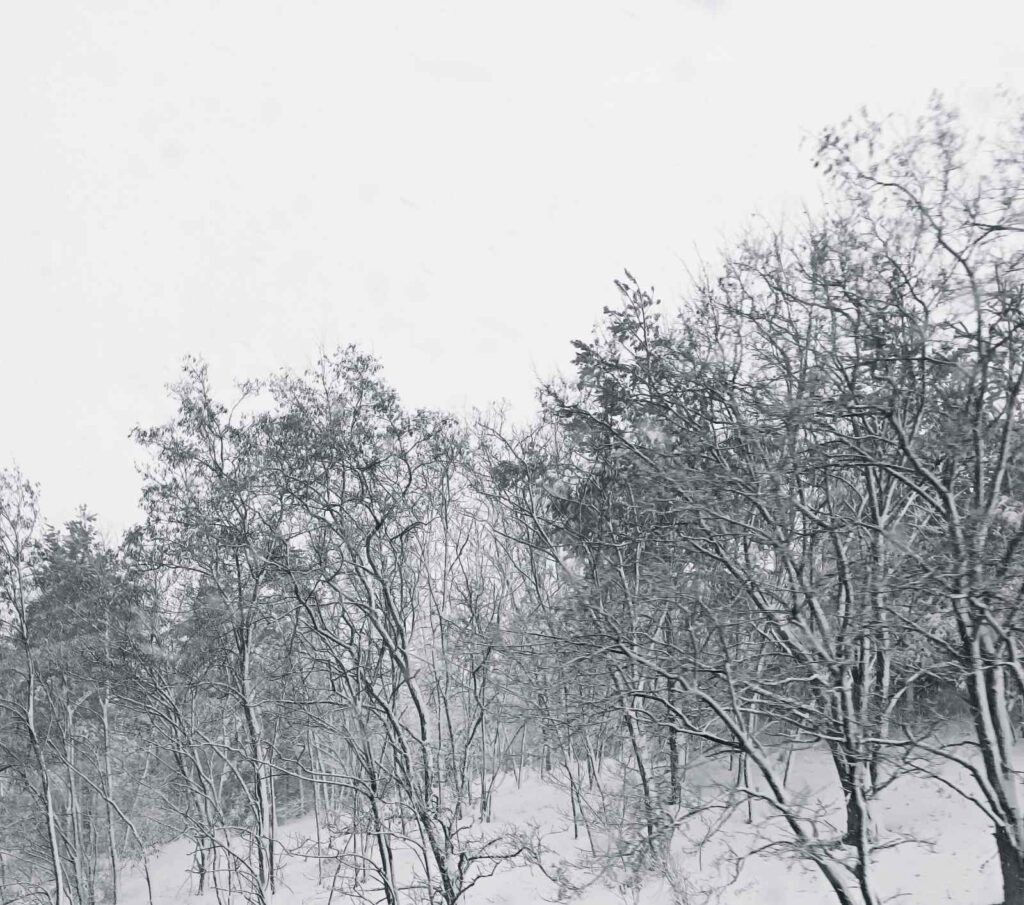
While there were no pumpkins, people did carve turnips into lanterns to ward off wandering spirits, a tradition that eventually transformed into the modern Jack-o’-lantern. The turnips, after being carved, were considered as a weapon to fight off harmful souls. Today, many carve pumpkins to have fun and add spooky accent to their homes.
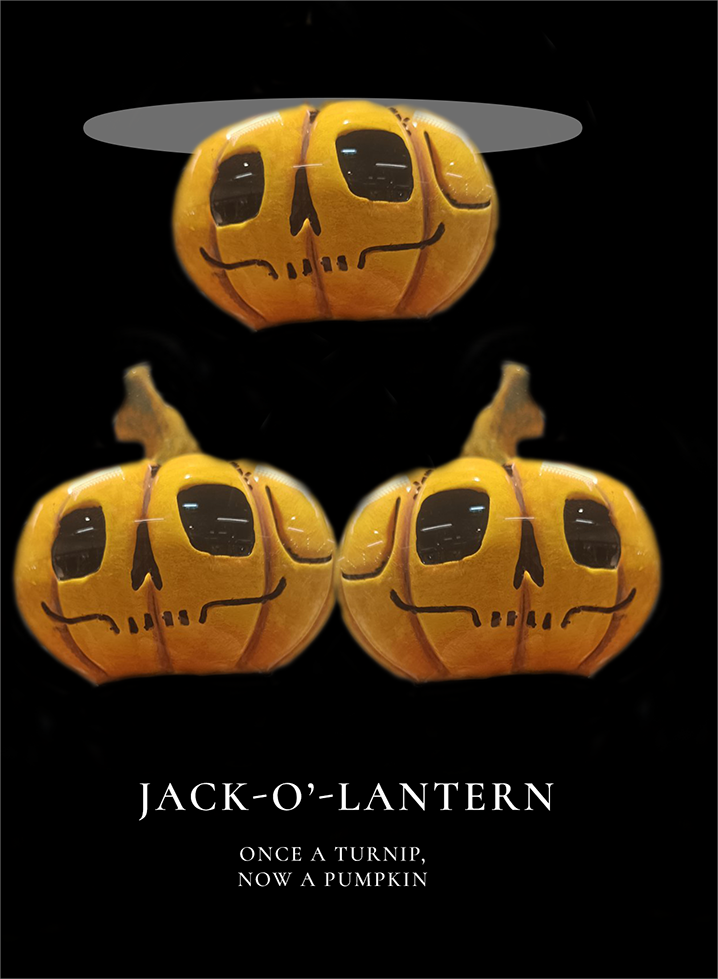
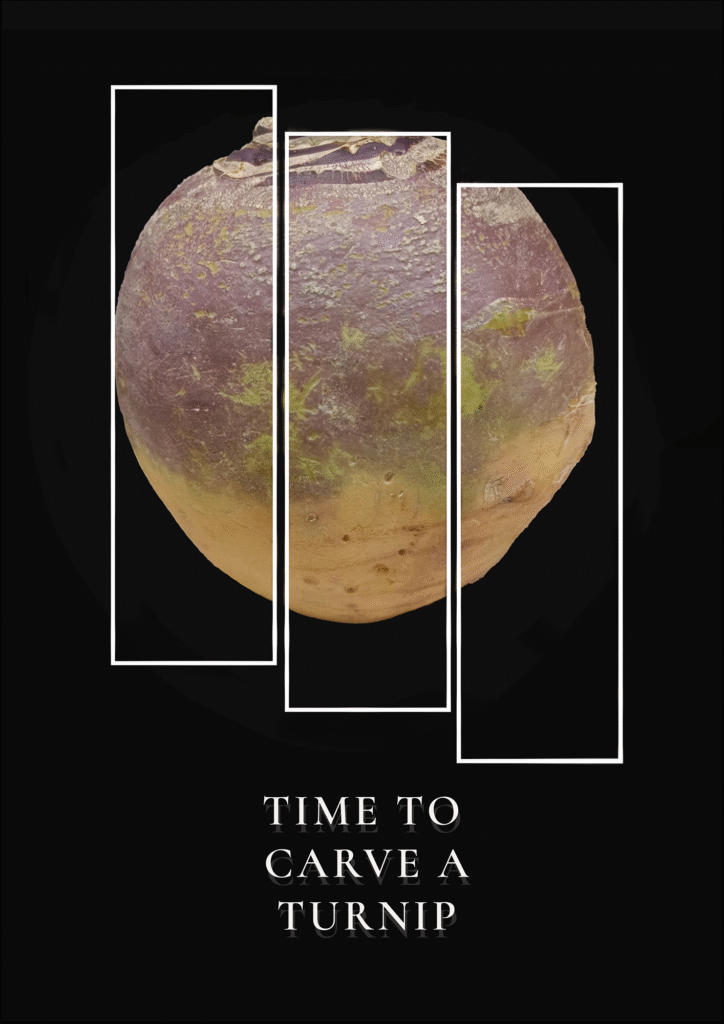
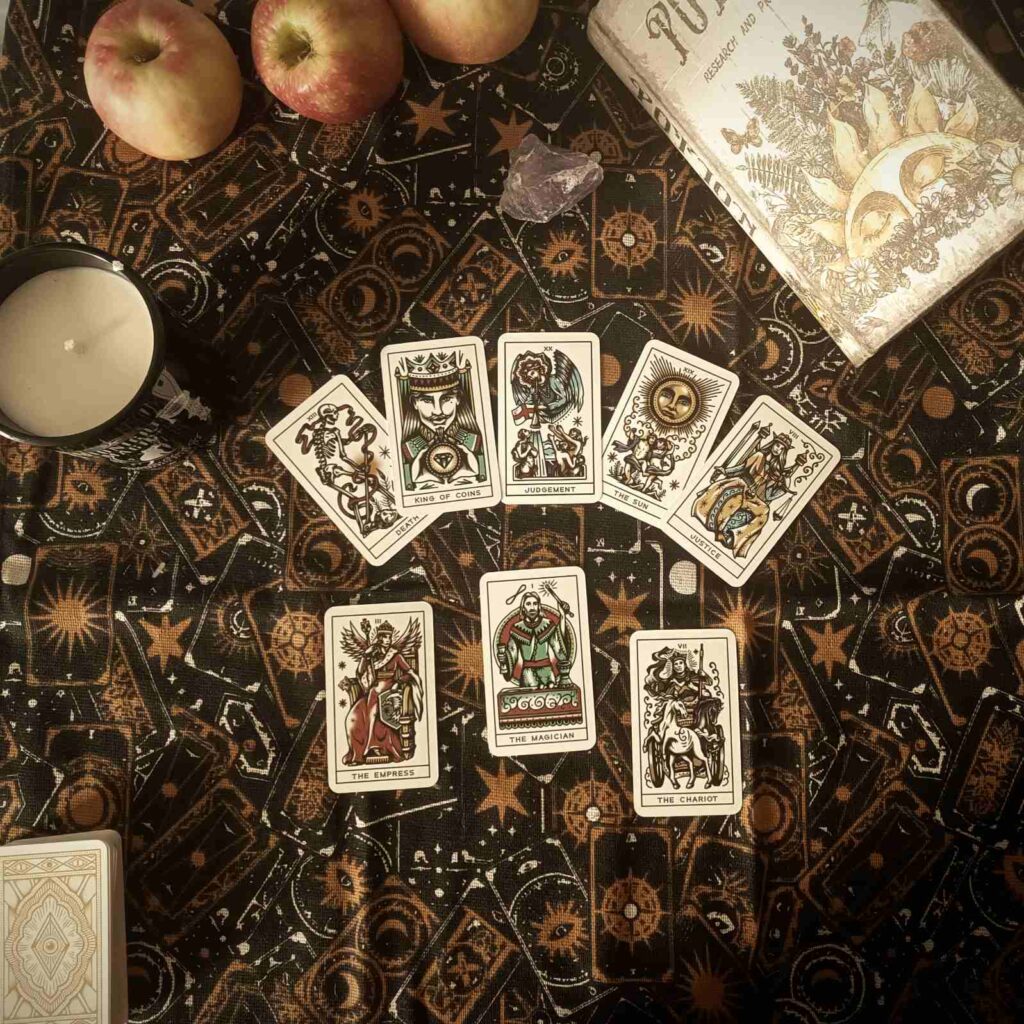
Samhain was also used to predict the future. Through games like apple bobbing, mirror rituals, or even pulling names from cakes, people hoped to catch glimpses of their future spouse, wealth, or fate, practices that evolved into today’s Halloween party games. For example, the all-seeing crystal ball, tarot cards, and many other games.
Samhain was not a “festival of evil” or fear, it was a chance to honor the dead, connect with nature’s cycles, and reset the year. It represented the hope to survive yet another year.
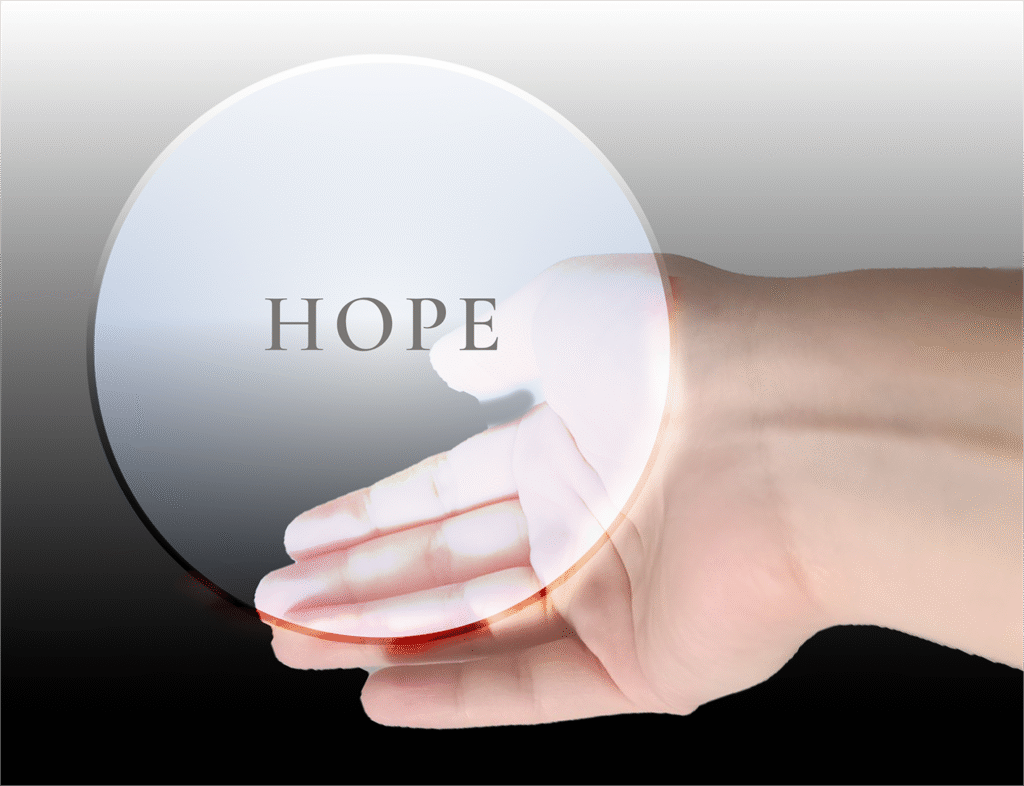
THE HAUNTING SOUND OF SAMHAIN APPROACHES.
PROCEED WITH CAUTION DEAR VISITOR.
The Evolution of Samhain
As centuries passed, Samhain didn’t vanish, it transformed. When Christianity spread through Ireland, church leaders didn’t ban the old ways outright. Instead, they pulled a classic move: if you can’t beat them, canonize them.
In the 8th century, Pope Gregory III moved All Saints’ Day (a day to honour martyrs and saints) to November 1st. The night before became known as All Hallows’ Eve, and eventually, Halloween.
This festival remained the same eerie party, just with a slightly different guest list. The real makeover came much later in America. In the 19th century, during mass Irish emigration to the United States, Samhain’s customs hit new soil.
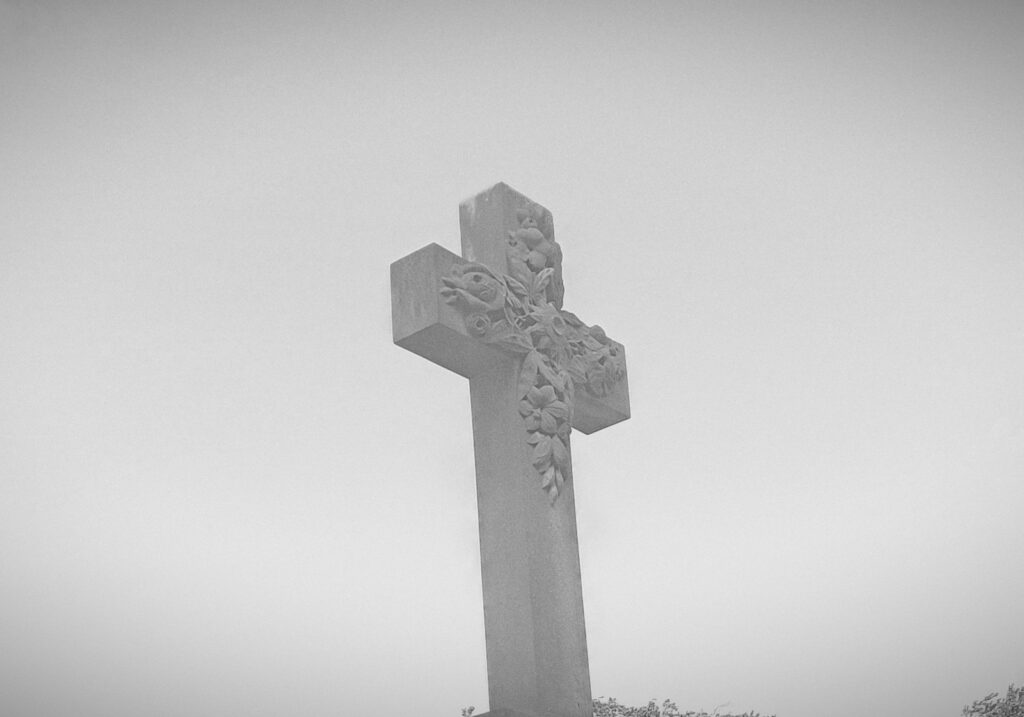
Turnips became pumpkins (easier to carve, less likely to fight back), guising became trick-or-treating, and spirit offerings transformed into little packets of sugar and capitalism.
By the 20th century, Halloween had exploded across North America, fueled by candy companies, community parades, and a deep love of dressing like pirates and witches once a year.
Modern Celebrations
If you’ve ever carved a pumpkin or debated whether Halloween sweets are “fun-sized”, then congrats, you’ve taken part in a tradition thousands of years in the making. But how did an ancient Celtic ritual evolve into costume parades and glow-in-the-dark skeleton socks?
One popular modern addition is the Púca Festival, launched in County Meath and Louth, right near where Samhain itself is believed to have begun. It involves immersive light shows, fire performances, storytelling walks, giant art displays, and an eerie atmosphere.
Now, what is a Púca? Imagine a creature that can be a horse one minute, a goat the next that whispers your name in the wind. The Púca (pronounced poo – ka) is a shape-shifting spirit from Irish folklore, known for its mischievous nature and unpredictability.
Traditionally, the Púca was believed to appear during Samhain. It could bring fortune or chaos, depending on its mood. If the creature feels disrespected, it can take revenge by abducting people and taking them on frighting trips, then simply leave them somewhere after it is satisfied.
Dressing Up
From scary clowns to toddlers dressed as bananas, Halloween costumes in Ireland today are a chaotic blend of creepy, interesting, and downright hilarious. Shops stock everything from classic witches to last-minute cardboard robots, while social media fuels trends faster than you can say “ghost effect.”
Feasting & Games
Let’s be honest, no good festival skips the food.
Barmbrack
This is a Samhain traditional sweet, fruit-filled bread with fortune-telling fillings that is still found in Irish homes today. Inside of it people can find small objects like a ring (marriage), a coin (wealth), or even a rag (bad luck).
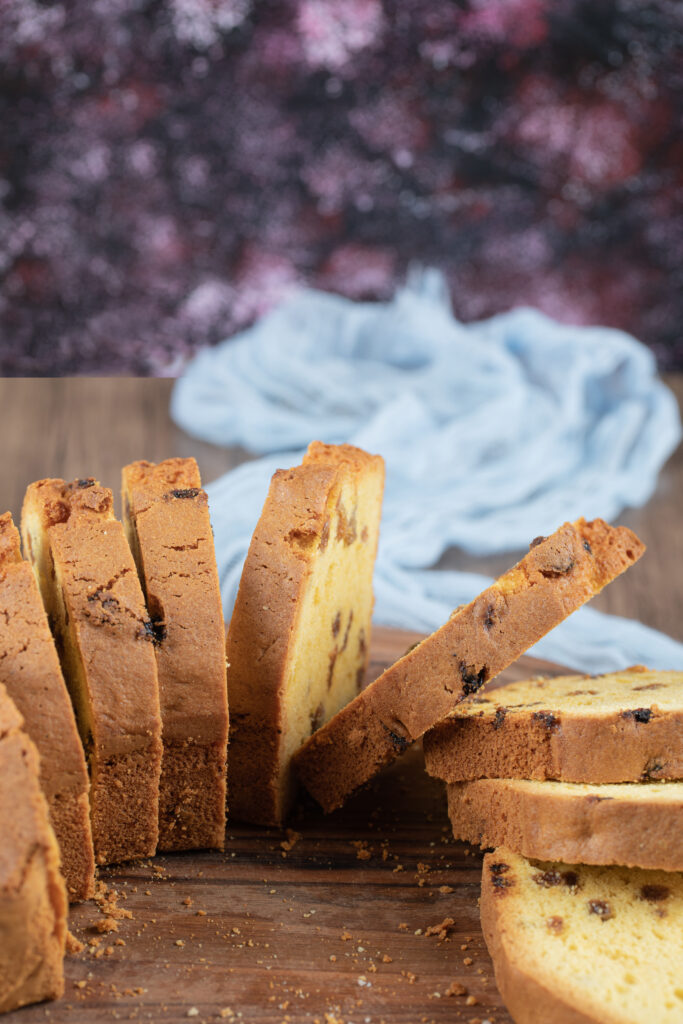
The barmbrack (báirín breac) became popular during the 18th – 19th centuries as the Samhain special dessert served at the end of the harvest feast. Families would gather and share stories while enjoying this treat.
Apples and Fortunes
During Samhain divination practises were important. They involved peeling and tossing apples over shoulders (reveals future spouces). Sometimes they were placed under pillows (summons dreams of them), as well as bobbing for apples (catch apple = marriage).
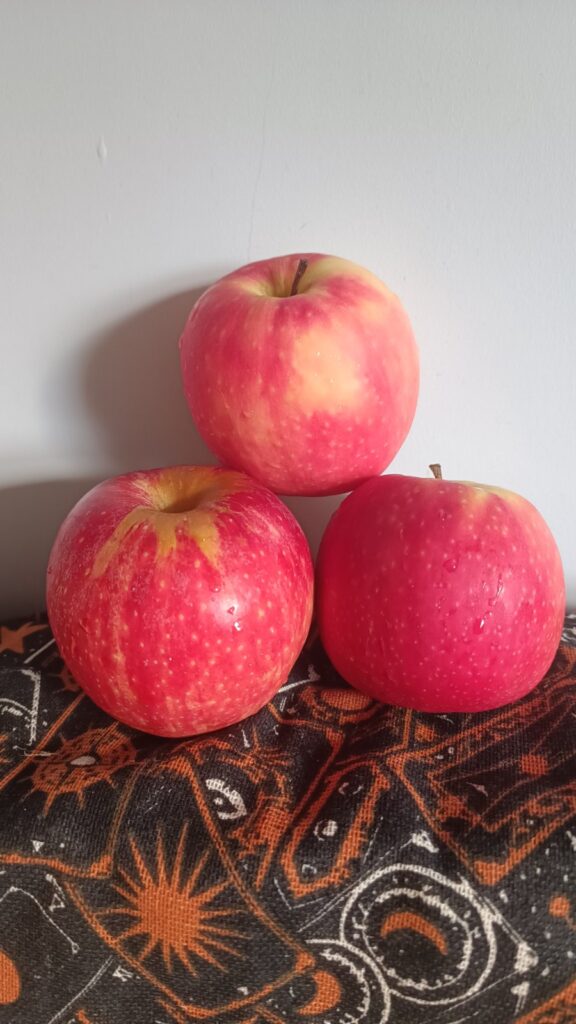
Why apples thought? In Celtic tradition, they were believed to be symbols of fate, fertility, and spiritual guidance.
Mirror mirror on the wall..
People also used mirrors and candlelight to see their future sweetheart. The way to do it was to hold the candle in front of the mirror and look closely at your reflection.
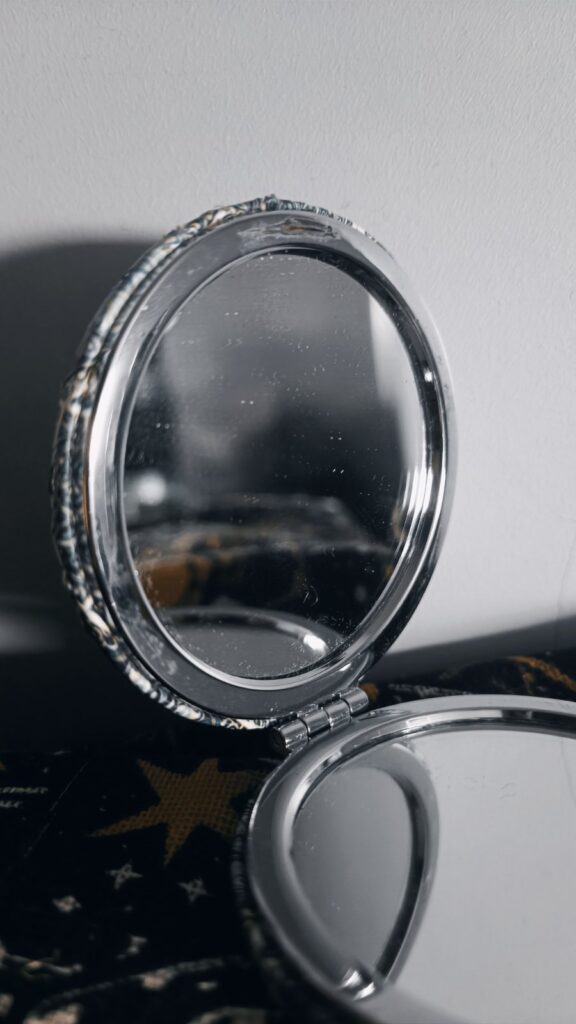
Guising
That is yet another Samhain tradition, or what we call today Halloween costumes. Before people used to dress in animal skins and masks to confuse spirits or hide from them. Their purpose? Ancient belief dictates that guising helped disguise people from wandering spirits who might otherwise try to follow, haunt, or even abduct them.
Why it Matters
Halloween isn’t one giant party where people wear costumes. This pagan festival is about connection where families gather to carve turnips or pumpkins, pass down memories, beliefs, and traditions.
For many who live in Ireland, Halloween is a time to honor their ancestors or teach kids that yes, Samhain didn’t start in America (sorry, Hollywood).
For Irish immigrants who are situated abroad, this festival reminds them of their roots and the pride they carry as a part of Celtic heritage that still travels with them, wherever they are.
As for visitors or newcomers, this pagan festival introduces them to the Irish culture. It has the power to bring people from various nationalities together and create communities.
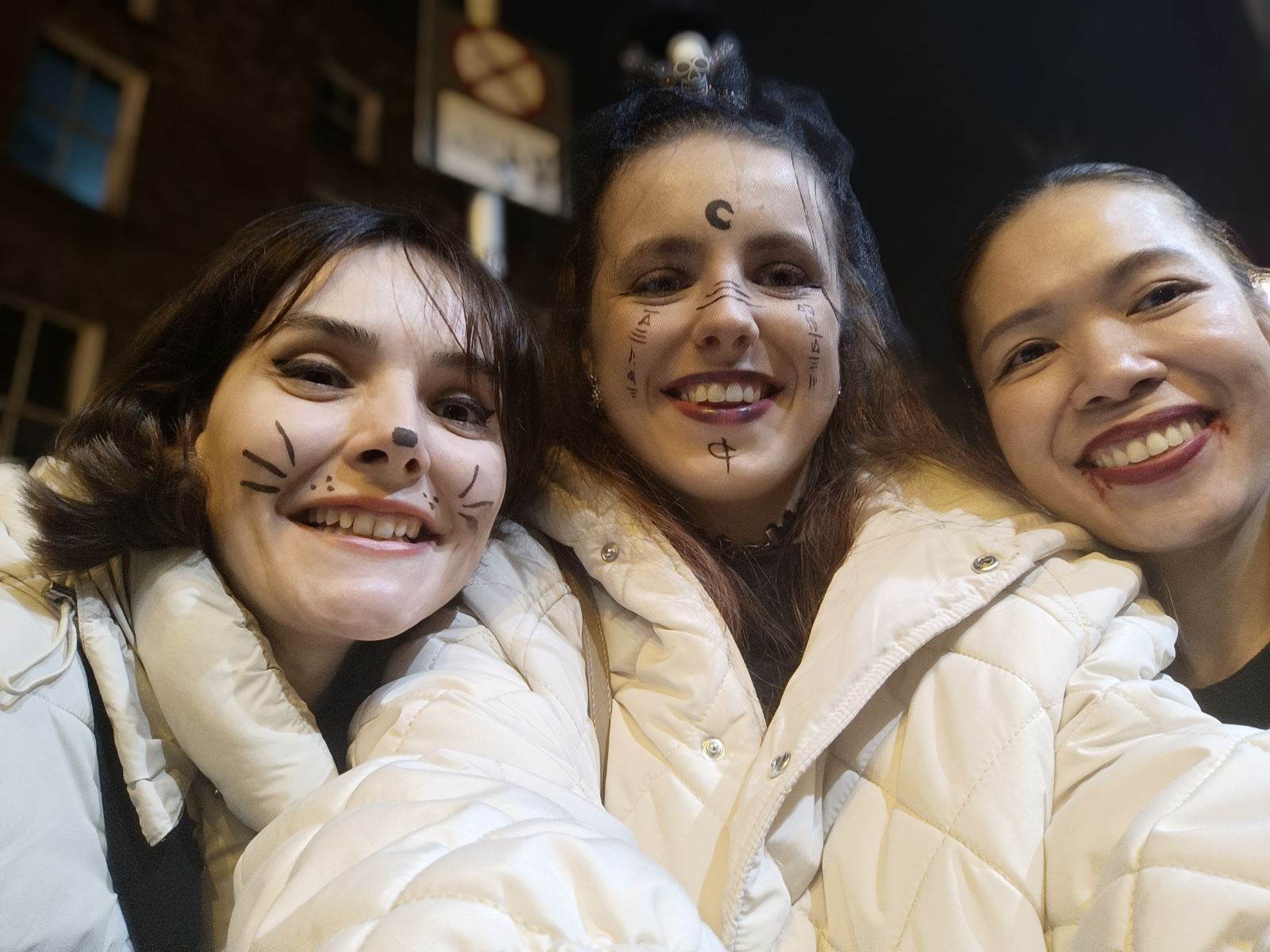
Visit Hill of Ward
This card predicts…
Rings
Gongratulations!
You are about to meet your significant other and tie the knot.
This card predicts…
Coins
Gongratulations!
Luck will be on your side this year! You will accomplish your goals and prosper.
This card predicts…
Beans
Your heart will remain your own.
No marriage this year.
Luck or Misfortune
Click on any card your heart desires.
This card predicts…
Rag
Beware of lean times.
Hardship or money troubles may cross your path.
